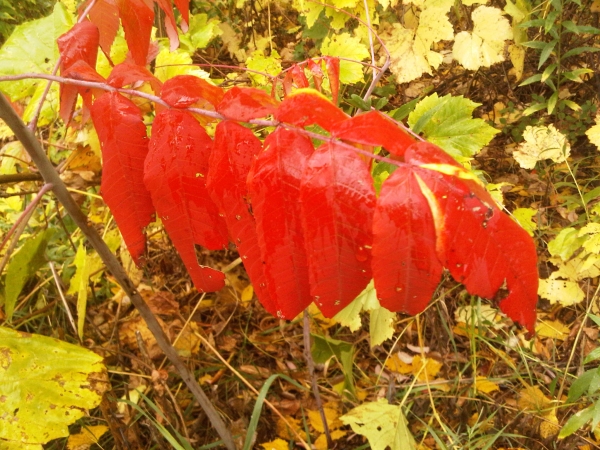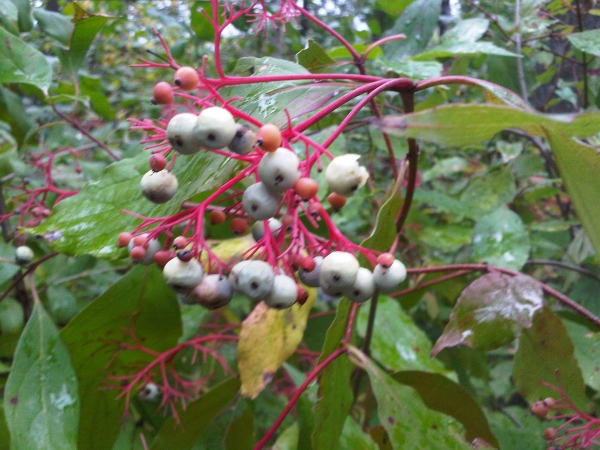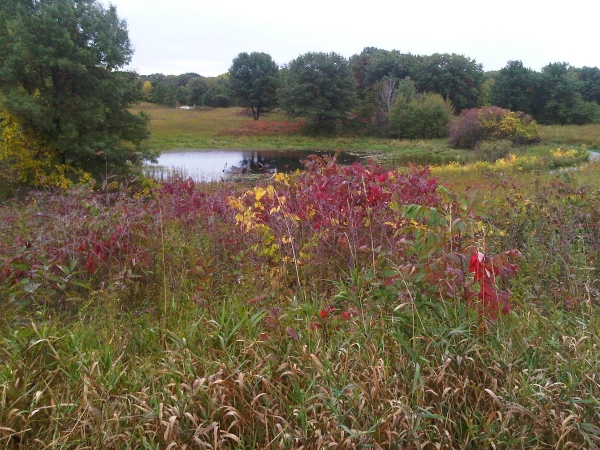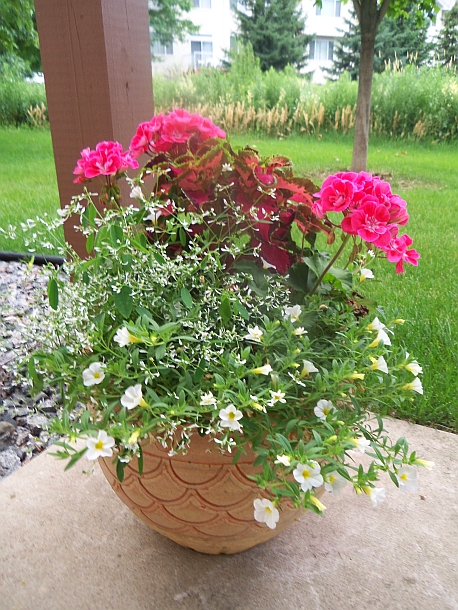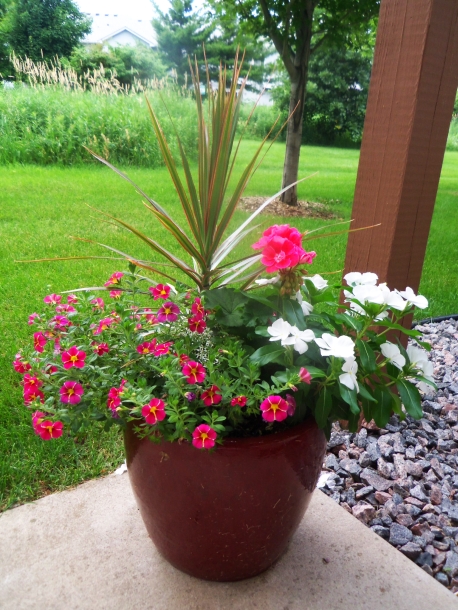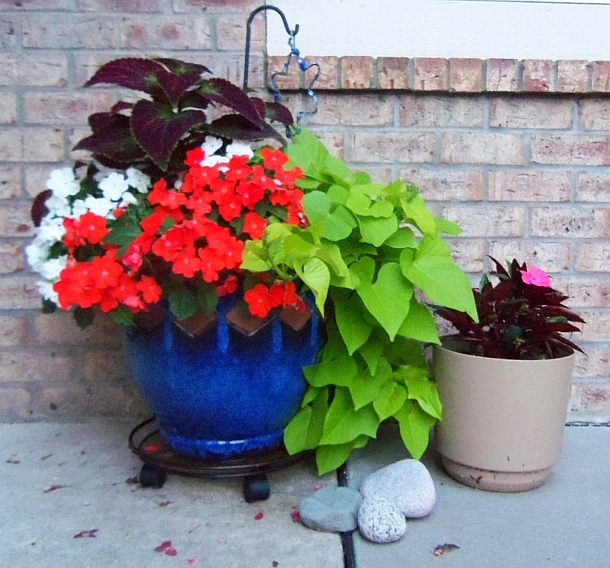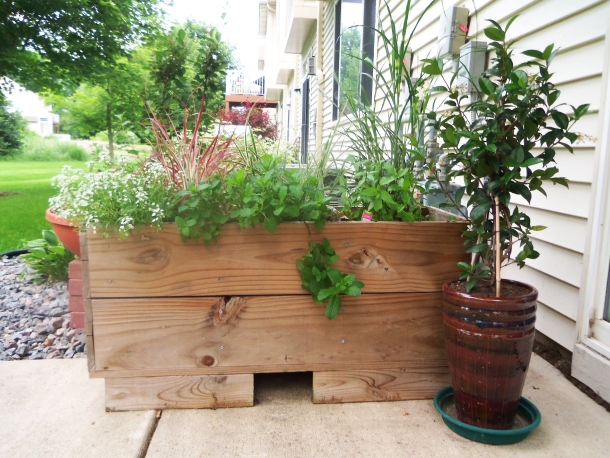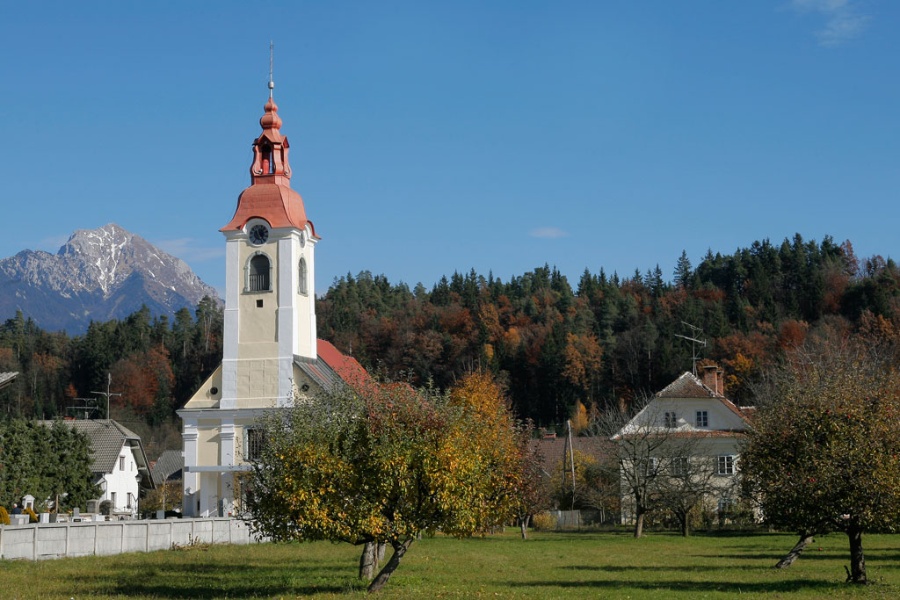
A Slice of Slovenia
Slovenia was not a country I expected to visit, but thanks to a grant from Mary’s Pence I attended the international educators’ conference “To Teach is to Build” at the Biotechnical Center in Naklo, Slovenia in October. Educators participated from Austria, Italy, Germany, Norway, Serbia, Slovenia, Spain and the United States.
My paper entitled “Curriculum Development: Political, Subversive, Dangerous,” explored the social justice implications of designing school curricula. It also included fast, easy classroom exercises to help students develop more compassion and empathy. After submitting my paper, the conference organizer Professor Sandra Žvagen, invited me to be a plenary speaker and conduct a workshop. Meeting with other educators and attending their workshops taught me so much!
The Biotechnical Center is a holistic school that fosters curiosity and a safe space for over 600 students from various backgrounds – both rural and urban. Students can learn how to run a dairy farm in a way that is organic and cares for the environment. Other students focus on forest, wildlife and wild animal management. Many of the products students make such as cheeses, dairy products, produce, juices, local teas, floral arrangements and more, are for sale in their store and used in the school’s cafeteria.
Andreja Ah?in, principal of the Biotechnical Center with twenty years of education experience at the school, explained that she and her staff worked to design a curriculum that fosters a holistic integration of the student. This means integrating students’ values with their education and life work while understanding its impact on the environment and the community. This is the same reason I teach theology – to help students explore these fundamental questions; Who am I? What is my purpose? How will I make the world a better place?
My experience also included meeting with instructors and with students in the classroom. English class students were designing their own crossword puzzles, art students were using refurbished typewriters to create amazing pictures with meaningful words and other students were baking cakes and breads to use at school events.
Demonstrating their reputation for hospitality, school faculty drove us to the Lake Bled area in northern Slovenia near the Alps. We toured a green hotel, Garden Village, where all the landscaping was beautiful, edible and used in the hotel! Teachers Sandra Žvagen and Simona Zabukovec took me hiking in scenic southern Slovenia by the Adriatic Sea. Tina Križnar, who oversees adult education at the school, gave me a tour of the capital city of Ljubljana, existing since Roman times. Prior to working at the Biotechnical Center Tina was a tour guide for Russian and English speaking tourists so she knew well the city and its history.
The conference was an unexpected and amazing experience of another people, country and culture. Thank you, “hvala” in Slovenian, to the Biotechnical Center, conference participants and to Mary’s Pence for making it possible.


